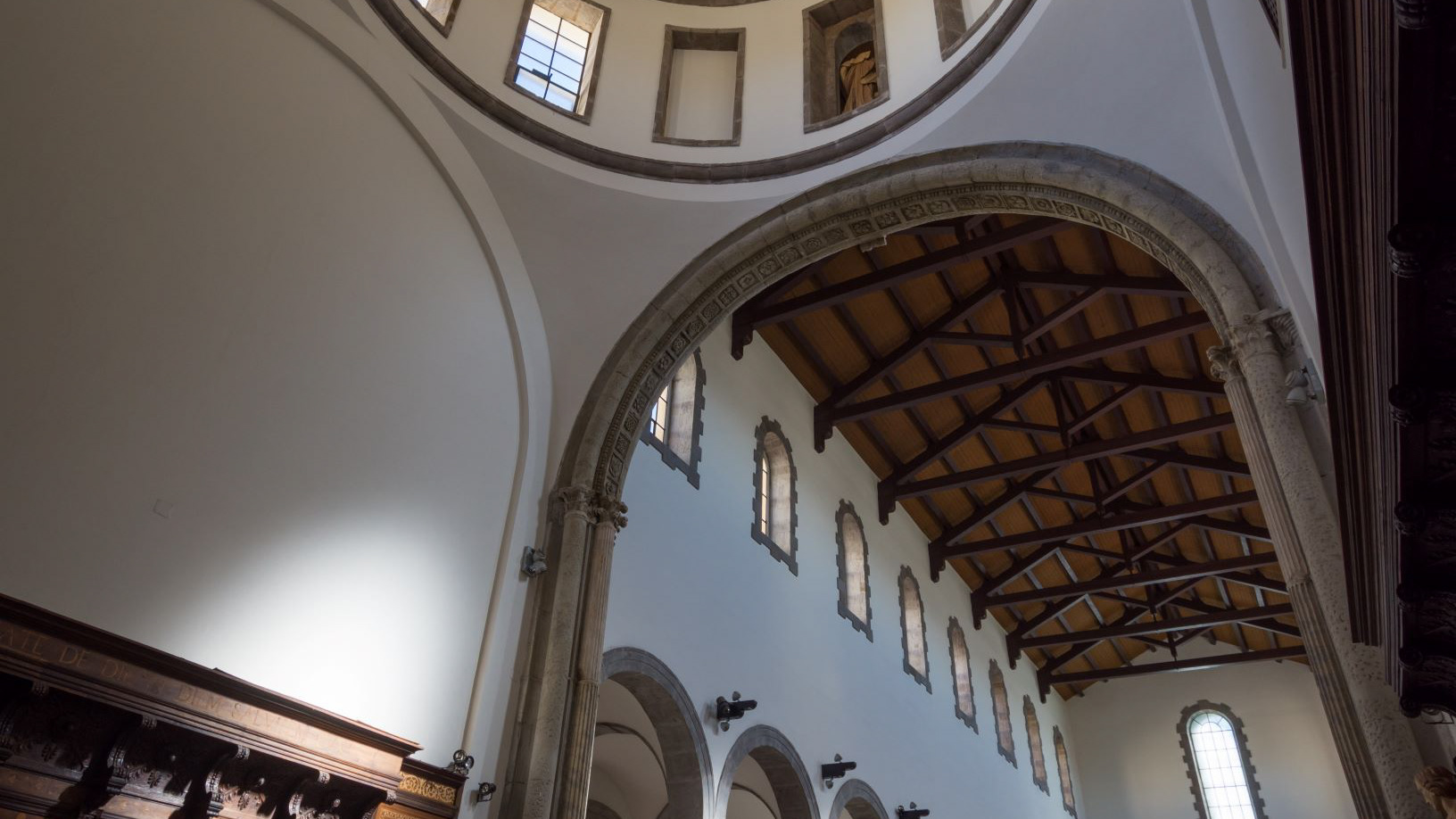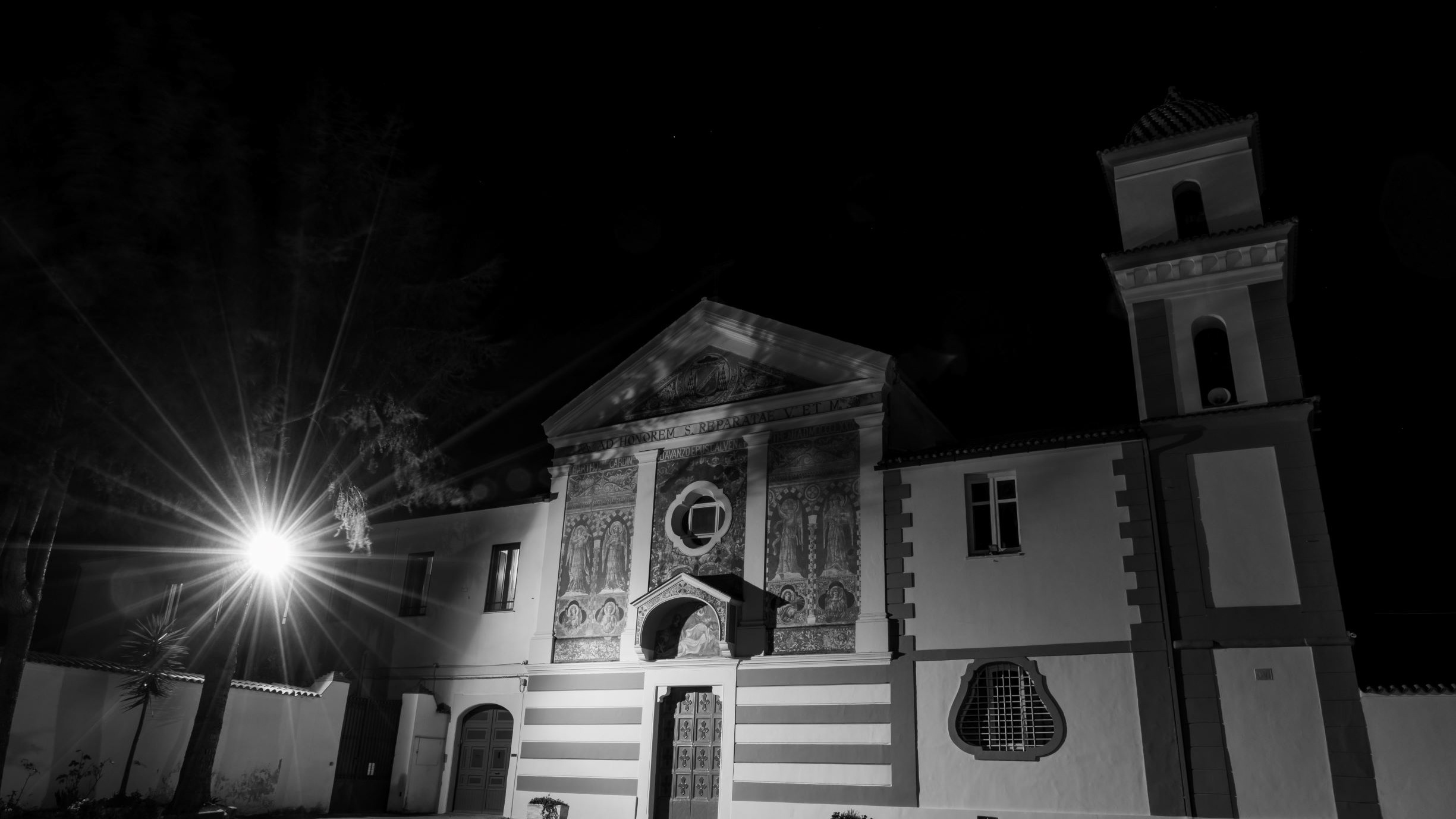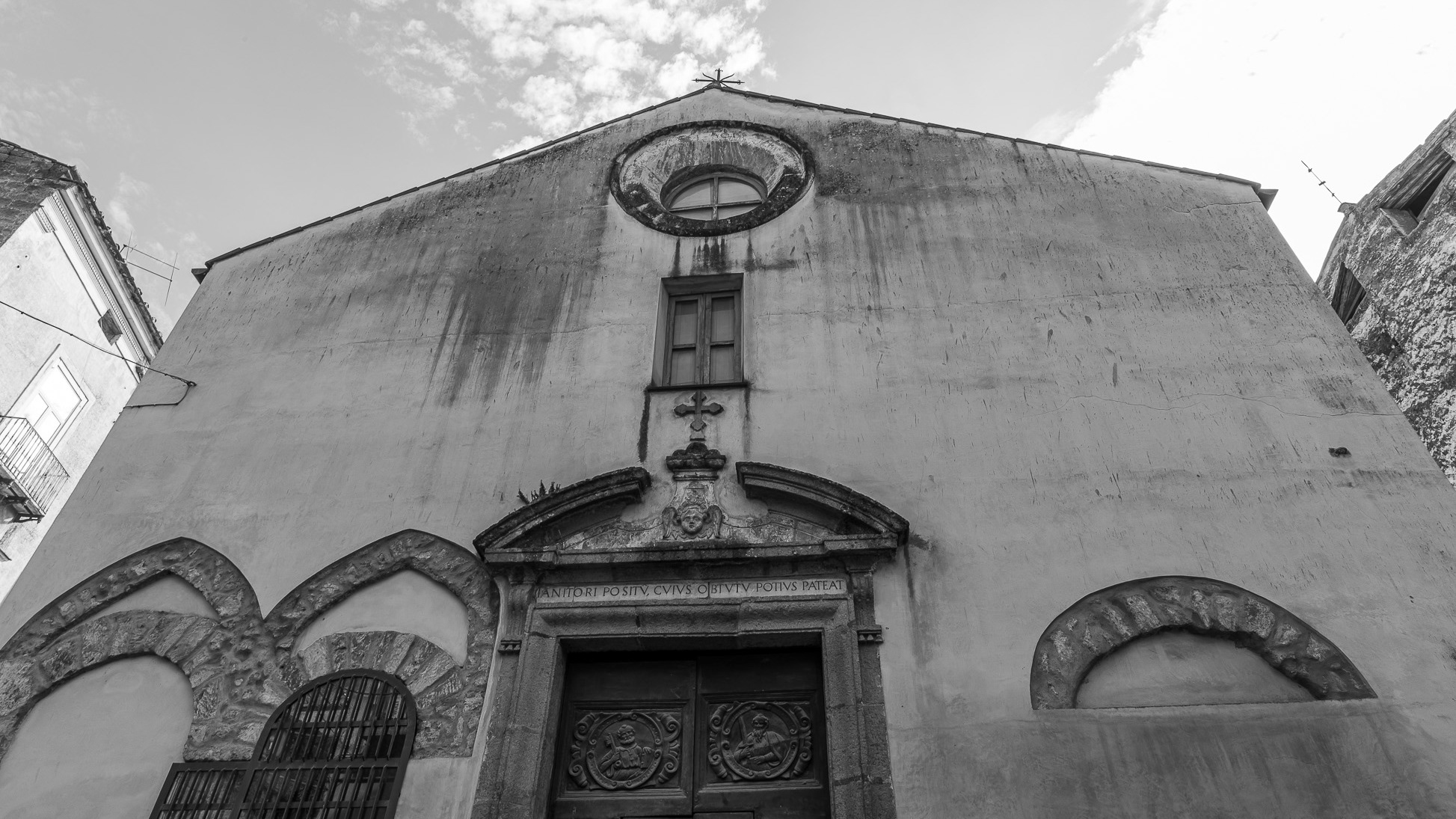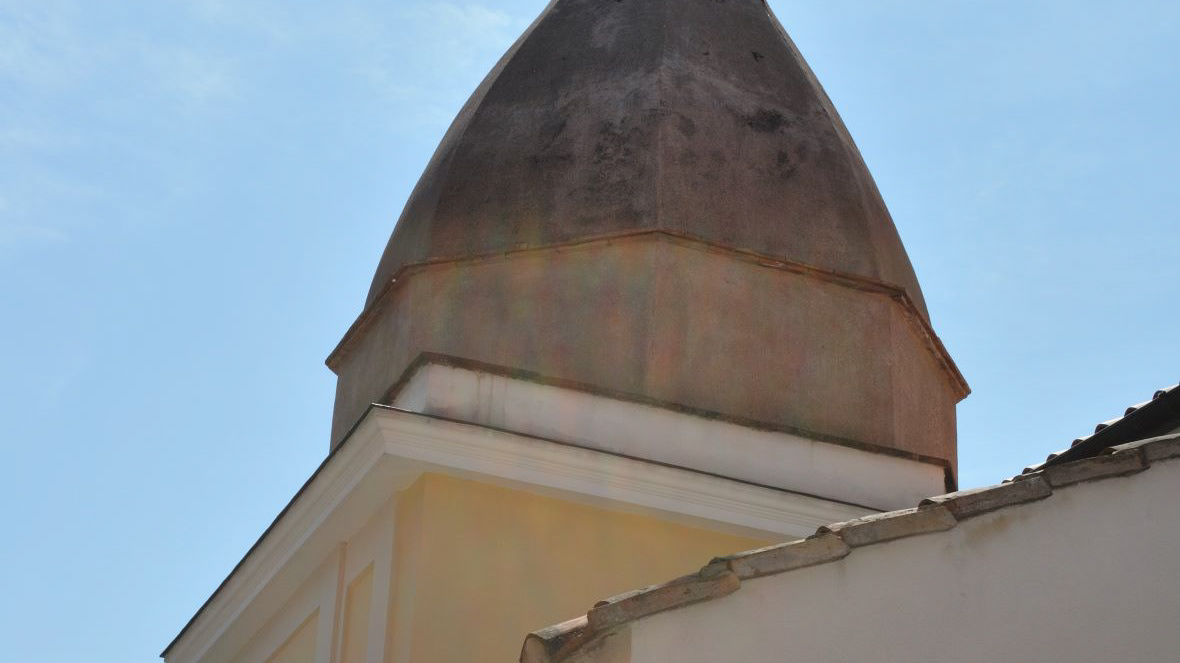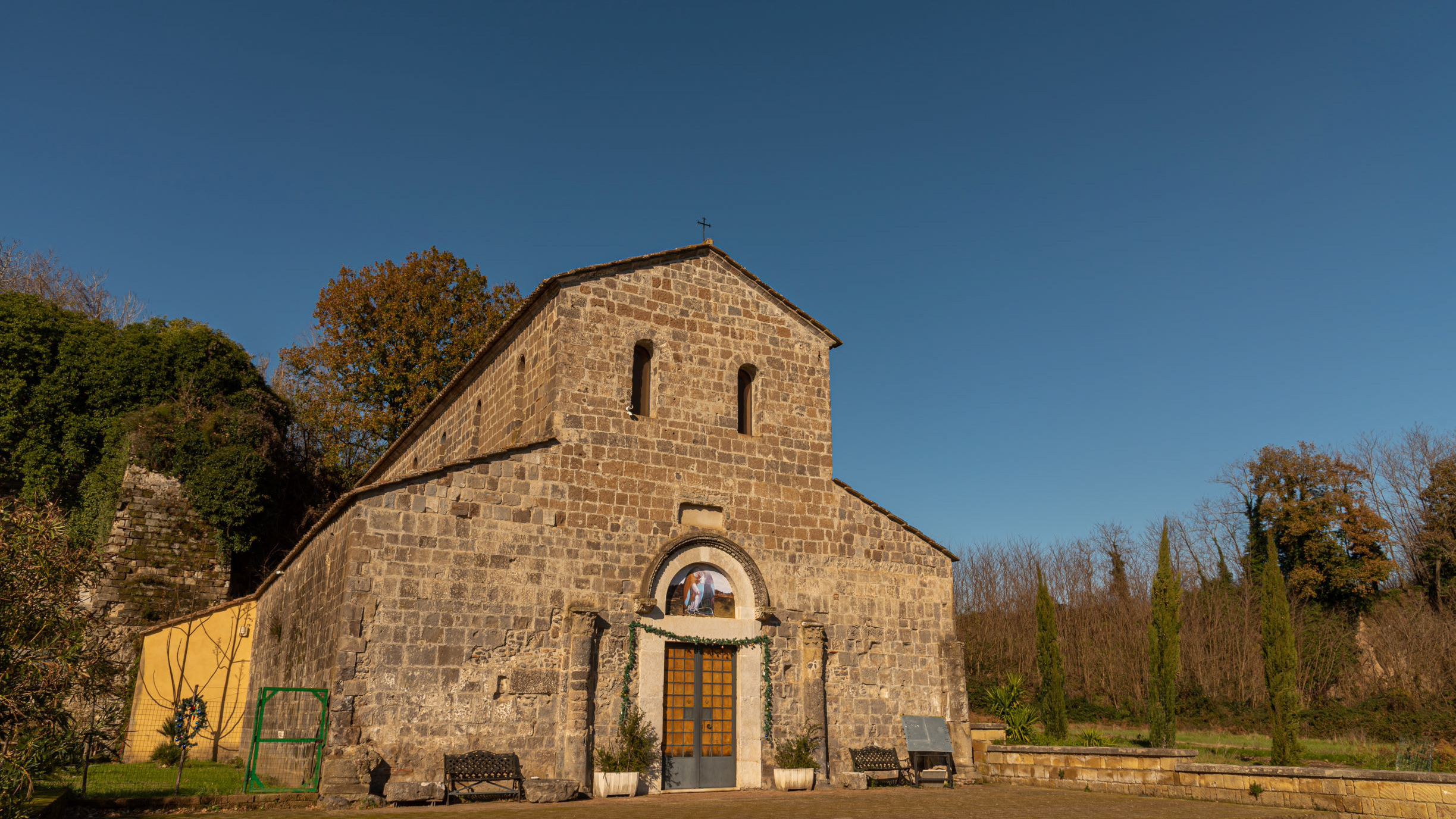Military memorial of Mignano Montelungo
The military shrine of Mignano Montelungo is a military cemetery located in Campania, which contains the remains of 974 Italian soldiers, of which 784 who died during the Second World War in the battles of Montelungo and Cassino [1], while the rest come from the old cemetery of war of Mignano. Near Mignano Monte Lungo, between 8 and 16 December 1943, there was a battle between Italian regular units and the German army, in the liberation war of southern Italy. Built on the eastern slopes of Mount Lungo, it is about two kilometers from the municipality of Mignano Monte Lungo, in the province of Caserta, along the Via Casilina on the border with Lazio and Molise. From the entrance gate a staircase leads to the main building, at the center of which there is the main altar in dark marble, with a statue of a dying soldier, the work of the artist Pietro Canonica. On both sides the structure has a portico built in white marble. On the side of the altar there are two tombstones: one is dedicated to General Vincenzo Dapino, while on the other is the text of the congratulatory telegram from General Mark Clark to Dapino himself, for the victorious battle. The portico bears the inscription MORTUI UT PATRIA VIVAT and on the side of the access staircase, arranged in rows with shelves sloping towards the entrance, 784 soldiers who died fighting with the Italian Liberation Corps and with the Folgore Combat Groups, Legnano are buried , Mantua, Friuli and Cremona. Each tomb is marked with a white marble cross with the name carved on the tombstone. On the last shelf is the tomb of General Umberto Utili. Also on the side of the staircase there are two stone bases on which two flagpoles with the flags of the Combat Groups are placed. On the hill, on the vertical of the staircase, there is a bronze statue of the Immaculate Madonna. In the square of the Shrine, with a ray of orientation, the various locations where the various fights took place are indicated. In front of the Memorial, on the other side of Via Casilina, a small museum has been set up where it is possible to view various documents, photographs, relics and weapons of the time, outside it there are tanks and Italian artillery pieces and British employed in the battle.
You may also like

